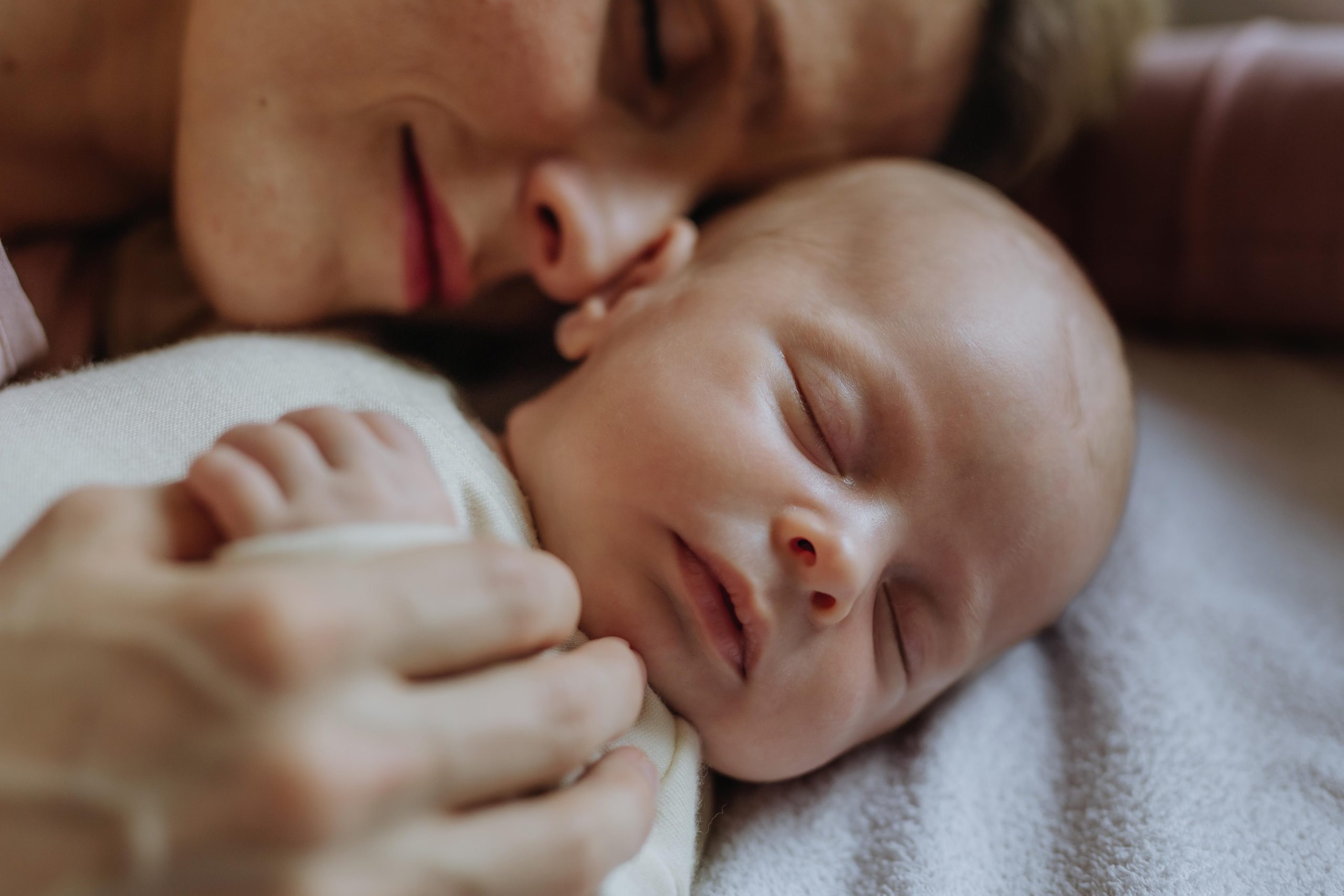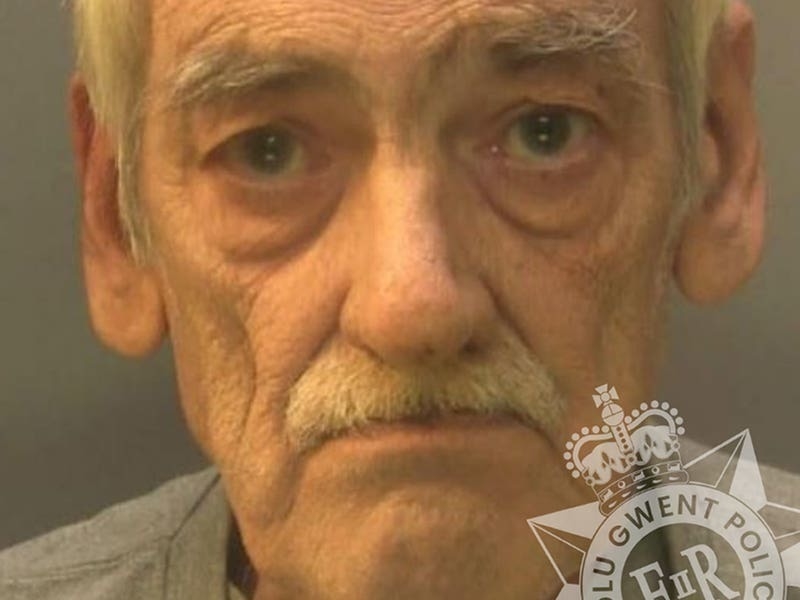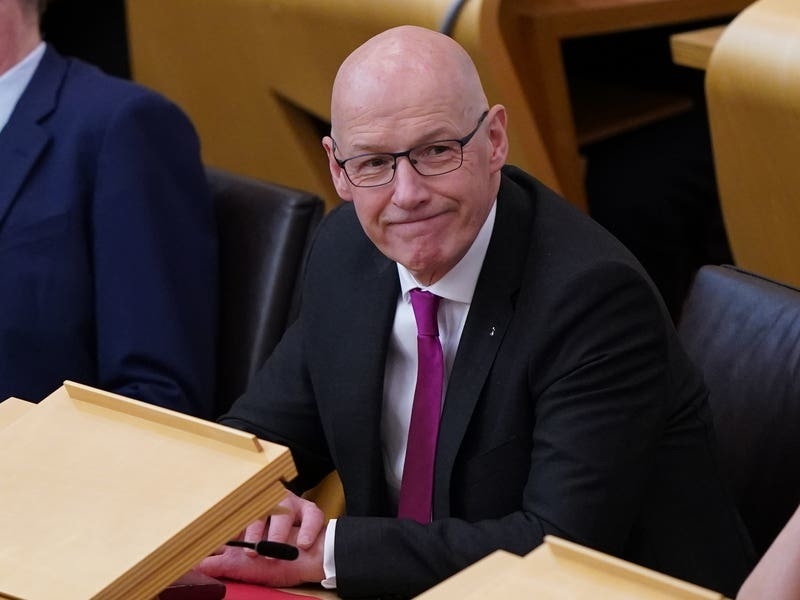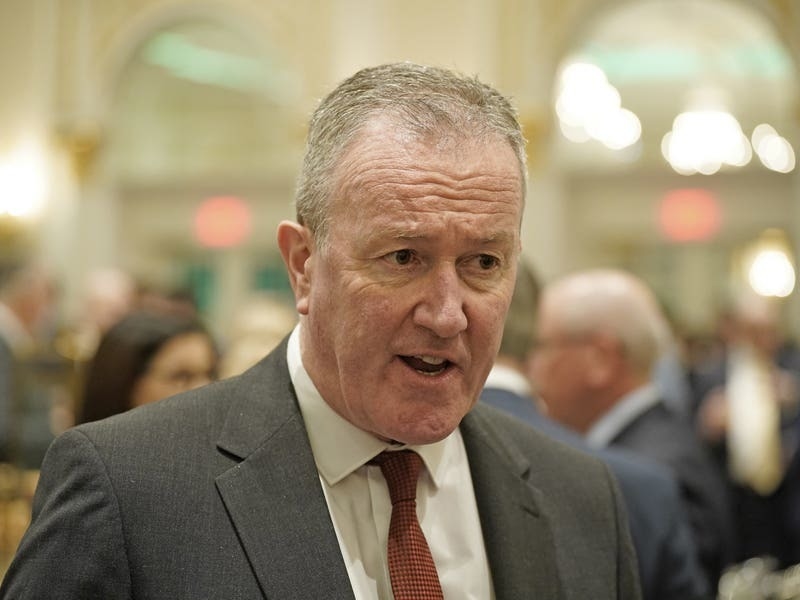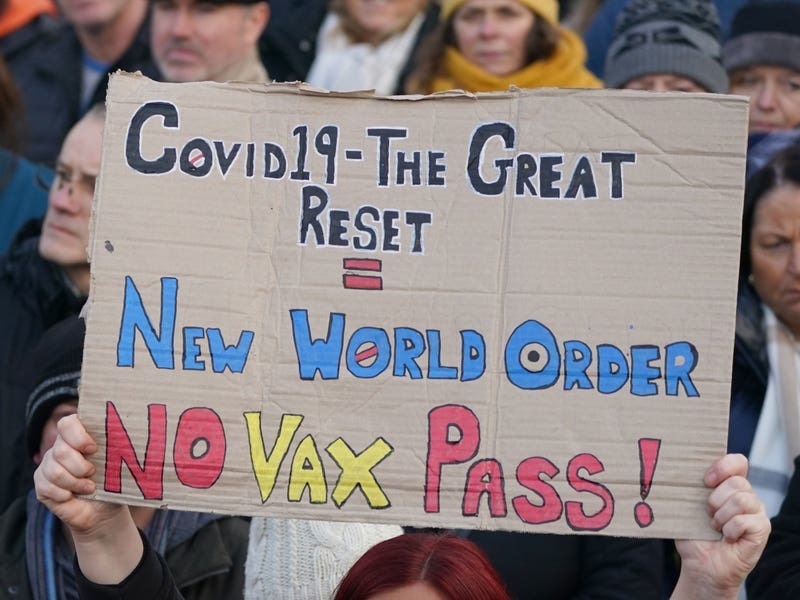THE future of Jersey’s economy has, in recent years, largely been surrounded by a debate over population growth and the need to balance inward migration against the exodus of working-age Islanders.
And the topic is likely to remain high on the political agenda, after the latest report from Public Health – published yesterday – showed that Jersey’s birth rate is continuing to decline.
In fact, the figures outlined in the Births and Breastfeeding Profile for 2023 show that the Island’s total fertility rate falls well below the so-called “replacement” level needed to sustain the population long-term without relying on migration.
The total fertility rate is an estimate of the number of children born to a woman in her lifetime – based on the current rates of age-specific fertility in the population – and the Island’s figure stood at 1.29 between 2021 and 2023.
By comparison, the replacement fertility rate, which indicates the level needed for a population to replace itself from one generation to the next, is around two children per woman.
There were 799 live births in Jersey last year, of which 372 babies (47%) were girls and 427 (53%) were boys.
The total figure is 5% lower than it was in 2022 (840) and continues the decline in births observed in the Island since the most recent peak in 2012 (1,124).

The general fertility rate, which represents the number of live births in a year per 1,000 women aged 15 to 44 years old, was 43 in Jersey in 2023, which is lower than England and Wales where the rate was 52 in 2022.
Subsequently, last year’s birth rate of 7.7 live births per 1,000 total population is also lower than that of England and Wales, where the figure stood at 10.1 in 2022.
According to the report, the proportion of births among women aged 20 to 29 has also declined, from 42% in 2021 to 24% last year.
The data’s publication comes not long after Deputy Lucy Stephenson called on the government to reform the existing funding model for IVF treatment (see story on page 8).
Commenting on the 2023 profile, she said: “It is obviously concerning that these trends continue to get lower and lower and this needs to be a wake-up call that it is not going away. At some point we have got to start taking it seriously and adopt a much more holistic view looking at the bigger picture.”
She added: “It [the report] also speaks to the fact that starting a family in Jersey is not easy and that people feel they need to wait until they are more established in their careers and have appropriate housing to do so.”
Deputy Stephenson highlighted the need to investigate the reasons for the decline and to come up with the tangible policies “that could actually make a difference”, adding that improved access to fertility treatment would be “a good place to start”.
The latest figures go hand in hand with population data released by Statistics Jersey last year, which showed that the difference between births and deaths had narrowed considerably in the past ten years.
Public Health director Professor Peter Bradley said: “We have seen a steady decline in the number of babies born in Jersey over the last decade.
“There are many factors that can have an effect on the birth rate, including personal preference, cost of living and migration.
“We also know that Islanders have good levels of sex education and sexual health education, which can reduce the number of unplanned pregnancies.”
Former Chief Minister Kristina Moore last year warned of the “long-term economic challenges” facing the Island in light of its demographic shifts, and stated that “concerted action” against over-reliance on inward migration was being progressed by Economic Development Minister Kirsten Morel.
Deputy Morel has said the government’s Future Economy Programme “will help us attain the sustainable economic growth that our Island needs”.

